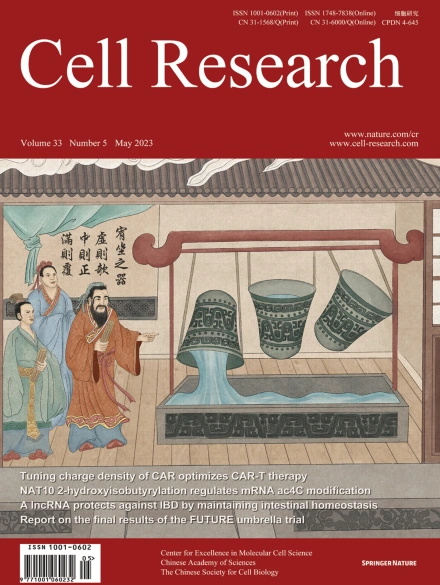
Advanced Search
Submit Manuscript
Advanced Search
Submit Manuscript
Volume 33, No 5, May 2023
ISSN: 1001-0602
EISSN: 1748-7838 2018
impact factor 17.848*
(Clarivate Analytics, 2019)
Volume 33 Issue 5, May 2023: 389-402 |
Subtyping-based platform guides precision medicine for heavily pretreated metastatic triple-negative breast cancer: The FUTURE phase II umbrella clinical trial
Yin Liu1,2,† , Xiu-Zhi Zhu1,2,† , Yi Xiao1,2,† , Song-Yang Wu1,2,† , Wen-Jia Zuo1,2 , Qiang Yu1,2 , A-Yong Cao1,2 , Jun-Jie Li1,2 , Ke-Da Yu1,2 , Guang-Yu Liu1,2 , Jiong Wu1,2 , Tao Sun3 , Jiu-Wei Cui4 , Zheng Lv4 , Hui-Ping Li5 , Xiao-Yu Zhu6 , Yi-Zhou Jiang1,2,* , Zhong-Hua Wang1,2,* , Zhi-Ming Shao1,2,*
1Department of Breast Surgery, Fudan University Shanghai Cancer Center, Shanghai, ChinaTriple-negative breast cancer (TNBC) is a heterogeneous disease and lacks effective treatment. Our previous study classified TNBCs into four subtypes with putative therapeutic targets. Here, we report the final results of FUTURE, a phase II umbrella trial designed to explore whether the subtyping-based strategy may improve the outcomes in metastatic TNBC patients. A total of 141 patients with a median of three previous lines of therapies in the metastatic setting were enrolled in seven parallel arms. Confirmed objective responses were achieved in 42 patients (29.8%; 95% confidence interval [CI], 22.4–38.1). The median values of progression-free survival and overall survival were 3.4 (95% CI: 2.7–4.2) and 10.7 (95% CI: 9.1–12.3) months, respectively. Given Bayesian predictive probability, efficacy boundaries were achieved in four arms. Furthermore, integrated genomic and clinicopathological profiling illustrated associations of clinical and genomic parameters with treatment efficacy, and the efficacy of novel antibody–drug conjugates was explored in preclinical TNBC models of subtypes for which treatment was futile. In general, the FUTURE strategy recruits patients efficiently and provides promising efficacy with manageable toxicities, outlining a direction for further clinical exploration.
https://doi.org/10.1038/s41422-023-00795-2